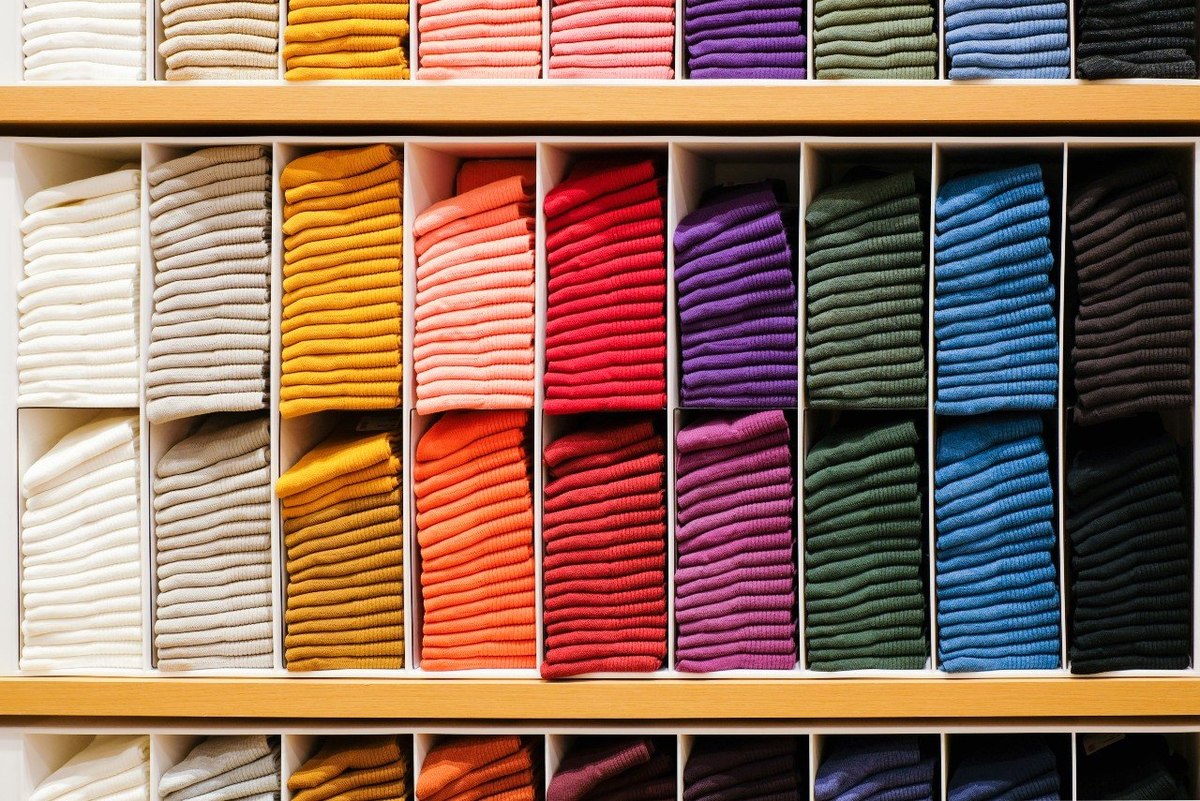
Global: How many consumers are noticing increase in prices of clothes and beauty products?
The beauty and fashion industries are not immune from feeling the inflation heat. Fashion brand Primark recently warned consumers to expect an increase in prices in its autumn collection. In a recent YouGov survey, conducted across 18 markets, we asked consumers in which sectors they’ve noticed a significant increase in product prices.
Data indicates that a majority of global consumers (74%) find that the cost of food has noticeably gone up over the past six months. Nearly half of consumers have registered a rise in household products (47%), while roughly a third have noticed an increase in the prices of cars (33%) and electronics (31%). A third of consumers (31%) have also noticed an increase in clothing prices, with slightly fewer saying the same about beauty products (29%).
Clothing Prices
Overall, a third of consumers have noticed a significant increase in the cost of clothes and accessories (31%). The share rises significantly in India and Mexico where more than half of consumers say that clothes cost more now (55% and 52% respectively).
Markets in the APAC region are less likely to notice a surge in prices of clothes and accessories – with less than a quarter of consumers in every APAC country saying so. Around 25% of Australians picked clothes and accessories as a category where they’ve noticed a price surge. The figure steadily decreases with Hong Kong (18%) and China (17%) – around half that of the global audience.
Sweden and Denmark seem to be the least affected countries in this poll. Just above one in ten Danes say they have noticed an increase in prices (12%), while the figure is a little higher among Swedes (16%). Germany (20%) is the only other country in the European region where consumers are less likely than global respondents to say they’ve noticed a rise in costs of clothes and accessories. Fashion capitals Italy and France are as likely as the global audience (31% each) to notice that prices have gone up, along with Britain at 30%.
Nearly two in five consumers in Canada (39%) indicate that clothes shopping has become more expensive now. In the United States, it’s a slightly smaller proportion (35%), but it still outstrips global respondents.
Personal care product prices
Along with Poland (46%), Mexico (48%) and India (45%) continue to register the highest shares of consumers saying they’ve noticed a surge in prices of personal care products.
Similar number of consumers in UAE and Canada (35%) have noticed an uptick in the prices of these products, while the US registers a slightly smaller proportion but one which still represents around a third of consumers (32%). Apart from Poland, Spain is the only other European country to outpace the global audience with 35%. Great Britain (23%) registers a slightly lower proportion than overall global consumers, but numbers are almost halved in Sweden (13%) and Denmark (10%) – the markets least likely to notice a price surge in beauty products.
A few Asian countries are more likely to find the cost of beauty products to have increased compared to clothes – Indonesia (25% vs. 24%), Singapore (26% vs. 24%), Hong Kong (24% vs. 18%) and China (22% vs. 17%).
Get quick survey results from nationally representative or targeted audiences using YouGov RealTime Omnibus
Discover more retail content here
Want to run your own research? Start building a survey now
Methodology: The data is based on the interviews of adults aged 18 and over in 18 markets with sample sizes varying between 514 and 2036 for each market. All interviews were conducted online in March 2022. Data from each market uses a nationally representative sample apart from Mexico and India, which use urban representative samples, and Indonesia and Hong Kong, which use online representative samples.